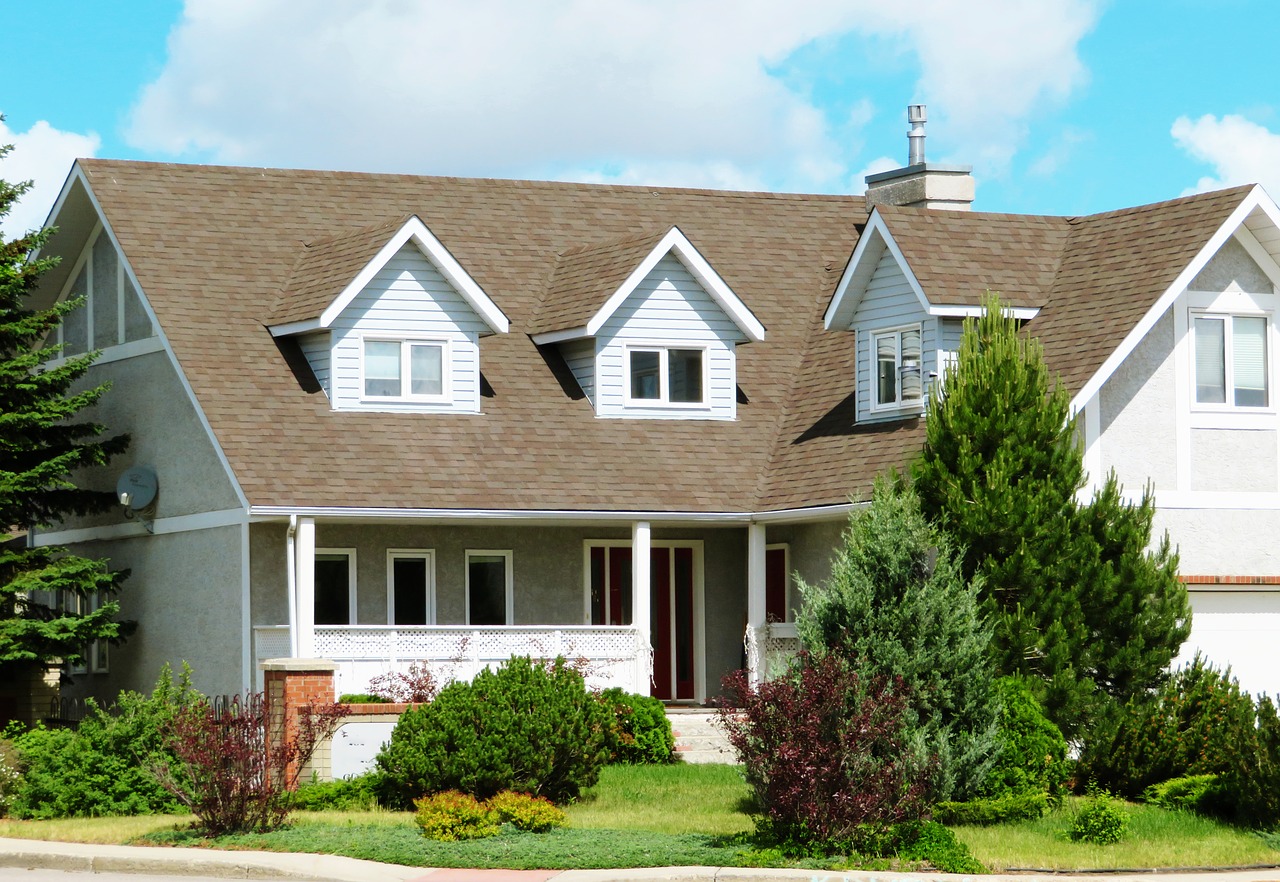A roof puncture is a serious roofing problem that should be treated immediately as they leave the roof exposed to leakage, which can damage the home’s interior.
Common Culprits Of Roof Punctures
Roof Punctures can be a result of several problems, but these are the most frequent ones:
Walk Traffic
You will probably ruin or puncture your roofing if you keep walking over it. The shingles won’t be able to tolerate your weight and they may shatter or damage the roof membrane. The puncture or damage will be more apparent if you or others walk on the roof without knowing which sensitive spots to avoid. An old and outworn roof also tends to encounter a puncture more than a new roof installation.
Tree Damage
Roof punctures can also emerge when tree limbs or entire trees hit the roof’s surface. For instance, a decaying tree log may finally free space and push the tree to fall on your roof. The heavier these cracked tree logs are, the biggest the damage will be.
Roof Set-Ups
If you install anything heavy on your roof, it may also encounter punctures. However, don’t proceed with installation unless you can do so carefully. Adding media gadgets, T.V antennas, and rooftop HVAC systems can easily tear down the roof.
The damage emerges when the unit installed doesn’t cover the region around the installations successfully. It can also develop when there are extra holes drilled on the roof and the holes are not connected properly.
Random Tool Falls
Anyone who works on your roof with tools and extras may expose your roof to damage, especially you or an amateur. You may, for example, drop a hammer or other heavy tool accidentally and puncture the roof. These mishaps are most common by amateur and unskilled installers who don’t have the proper systems to organize and protect their tools e.g. bags or gearboxes.
Animals & Pests
Some kinds of animals enjoy walking around rooftops, leading to potential roof damage. Birds, squirrels, raccoons, and other small animals may feed on the weaker spots of the roof and tear the outer roof layer. Roofs with existing damage are also more exposed to wildlife damage since the damaged spots are often easy targets for the animals to exploit.
Heavy Winds
Heavy winds may lead to roof punctures in several ways. For instance, heavy winds may raise or pull off areas of the roof. Heavy winds may also accumulate thick debris on the roof and lead to punctures.
Hailstorms
Hailstorms may lead to heavy punctures on your roof if the storm is heavy enough. The shape, size, density, and speed of the hailstones together with your roof’s age are some important considerations to figure out how much damage the hailstones may inflict.
How To Stop Roof Punctures
Some culprits of roof punctures e.g hailstones are hard to stop. However, the following preventive actions will help stop most types of roof punctures:
- Avoid any unnecessary feet traffic on the roof
- Make sure that only qualified installers have access to your roof
- Keep your roof well-maintained to stop animals from finding weak or ruined spots to damage further.
- Trim trees near your roof and get rid of weak trees so that they don’t hit the roof
- Shield roof installation units e.g. antennas to stop heavy winds from tearing them off.
A properly maintained roof is less prone to encounter punctures compared to a badly maintained one. Thus, arrange a maintenance session for your roof if you haven’t done so already.
Let’s hope that the above preventive actions will help you stop any roof punctures. We can take over your roof’s maintenance and minimize the likelihood of damage. We can also help you fix any existing punctures on your roof that need treatment.
